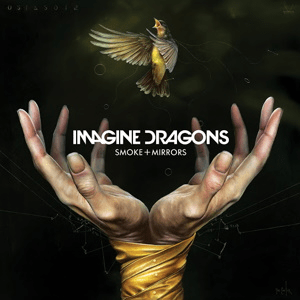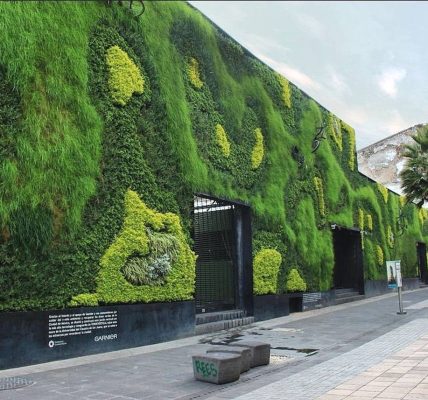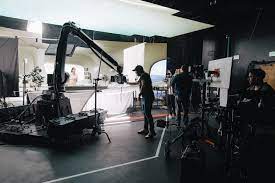Smoke and Mirrors – Cover Feature, Issue 18
Senior VFX producers Charlie Iturriaga and Robin D’Arcy took time out from a hectic schedule working on Tron: Legacy, Let Me In and The Social Network to chat about their wild ride.You both come from a VFX background. How did you join forces?
ROBIN D’ARCY I have been a visual effects supervisor and producer for a long time and got frustrated about five years ago. I was fortunate enough to meet Charlie doing a tutorial of the software he was working with at the time. We got to talking and pretty much voiced certain frustrations that we were in accord with; he wanted more control over the projects and I wanted to work on more projects with respected directors and better stories. Charlie had the talent and the resources a small shop. We started with three guys and two of them are still in the company. We wanted to find a partner in the USA to start building the company and offer the new services. We reengineered the structure of the company with one side catering to the Latin American community, and one 100 per cent focused on the US market using a small satellite office in LA, with all the production in Mexico City. One of the main things was getting a film look early on. Flame and Inferno [VFX software] in 2001/2002 were interesting tools, because we had real-time in Mexico, but the Mecca was in LA, so we joined forces to try and make an amalgam. The visual effects budgets are even worse than when we first got together, but we have that luxury of being selective and working with people we really, really aspire to be with. The formula that we put together is working.
CHARLIE ITURRIAGA The facility in Mexico is turning 14 this year. It was mainly animation for TV advertising in 1995/96. I was passionate about that and I was working at a couple of multimedia studios when it was the hot word. We decided to open playback and could play around with hi-res. We weren’t used to it. Most of our clients used to have to pass through the telecine or correction bay before coming to us, so it was a good idea to start doing some colour correction. We decided to move on and invest in a telecine. It has been a very strong part of the business and it let us understand the film process from the scanning onwards. That gave us the strength to understand the entire process. When we started selling to the US, we understood everything; colour space, rendering, the lot. We had a very strong team and it was the right time to move into a new market.
How did you make the move onto the international stage?
ITURRIAGA After a couple of years [spent] understanding the outsourcing of the Hollywood visual effects to Canada, New Zealand, Australia, London, France and even India, we developed on top of that. We redesigned all our work processes. Robin, myself and the clients, we can see everything the artists are doing in Mexico. We don’t want to be a huge facility; we want something that we can control and take care of in every single area, from the bidding to the final delivery. We don’t do Flame and Inferno any more; we use big pipeline technology and hand-pick each of the artists and the production team. We don’t have the schools or the wealth of talent here in Mexico, but we make sure that the artists have a great place to work. We don’t have the big water technology or explosions or rendering power, we just offer what we can do; simple, subtle effects that we love to do. The most important thing for us has been management and organisation. If we need something from a specific artist, we can just send a quick message to the artist. You need to be able to switch fast and have the team who understand the processes. One of the struggles for other companies is the simple things, due to the management structure.
Robin, you worked on the original Nightmare on Elm Street series. Do you regard that as your breakthrough?
D’ARCY I was contacted by [actress] Heather Langenkamp recently, because she produced a photo compilation. She called on everyone who had been involved and wanted photography from us, as I was a unit photographer. The movies I have a lot of pride in are very successful in the long run, but I feel closer to Fight Club and The Curious Case of Benjamin Button. It’s great when you find someone you have that same simpatico with, which Charlie has with David [Fincher]. He just happens to do really incredible material. I am one of the producers out there who evolved through all the technologies and methodologies, from motion control, stop motion and physical effects to animatronics, that ultimately parleyed their way into visual effects. I still get calls about models and miniatures. There is still that goody bag you can go back and reach into. Sometimes you build models in great detail, then scan them into the computer; it’s not totally gone. I admire directors like David, who will use whatever technology works. It’s been a long journey for me, around 30 years now, and now is the best time because you can do incredible things.
…












